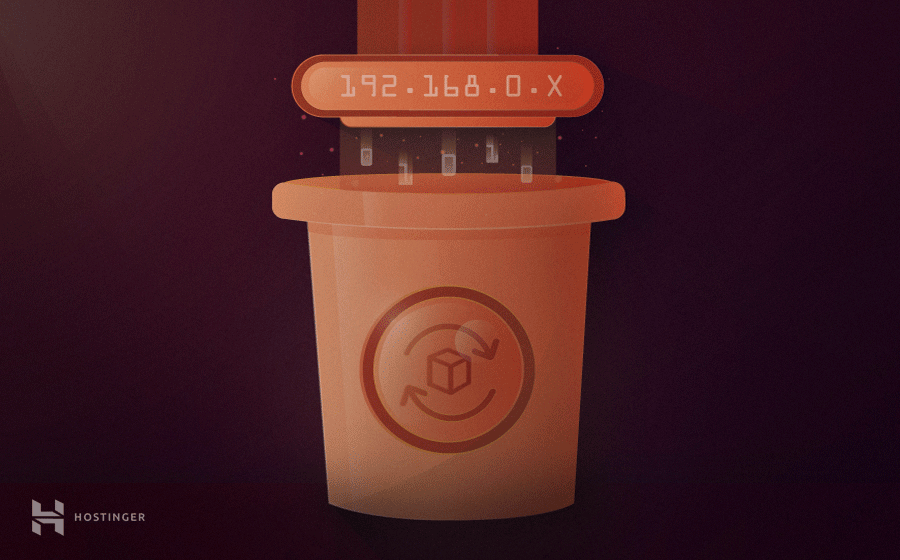
How To Flush Dns Windows 7
Did someone tell you to flush DNS cache and you have no clue where to begin? Or maybe, you are encountering countless 404 errors and you know it has something to do with cache.Whatever your motivation to delete the DNS cache, this guide provides easy but detailed methods for all operating system. By the end of this guide, you will know how to flush DNS on Windows, Linux, and Mac.Not only that, you will also learn why DNS cache is important and how it.Without further ado, let’s get down to why we are here.
What is DNS?The translates domain names to IP addresses, which your browser uses to load resources from a server on the internet. It maintains an index of all public domain names and their IP address.To put simply, it’s because of the Domain Name System (DNS) that you are able to access a website by typing its name instead of giving your browser an. What is DNS Cache and why you need it?A DNS cache is a temporary database that stores recent DNS lookups on your computer. Your operating system automatically manages this memory to give you a fast browsing experience.With the memory of recent DNS lookups in the cache, your computer doesn't need to use a DNS server to translate your requested website into an IP address.Instead, it looks up in the DNS cache (it's stored locally on your computer) for a similar request made earlier. If you visited the website earlier, your computer handles name resolution locally, without having to send a request to a public DNS server.This revolutionary way to handle name resolution locally speeds up the internet for you.
How To Flush Dns Cache
The following tables provide instructions for clearing the DNS cache on computers and servers. The commands need to be run at the command prompt with administrator privileges. Windows 7 and Earlier. Click the Start Menu. Go to All Programs. Choose Accessories and right-click Command Prompt. Choose Run as Administrator.